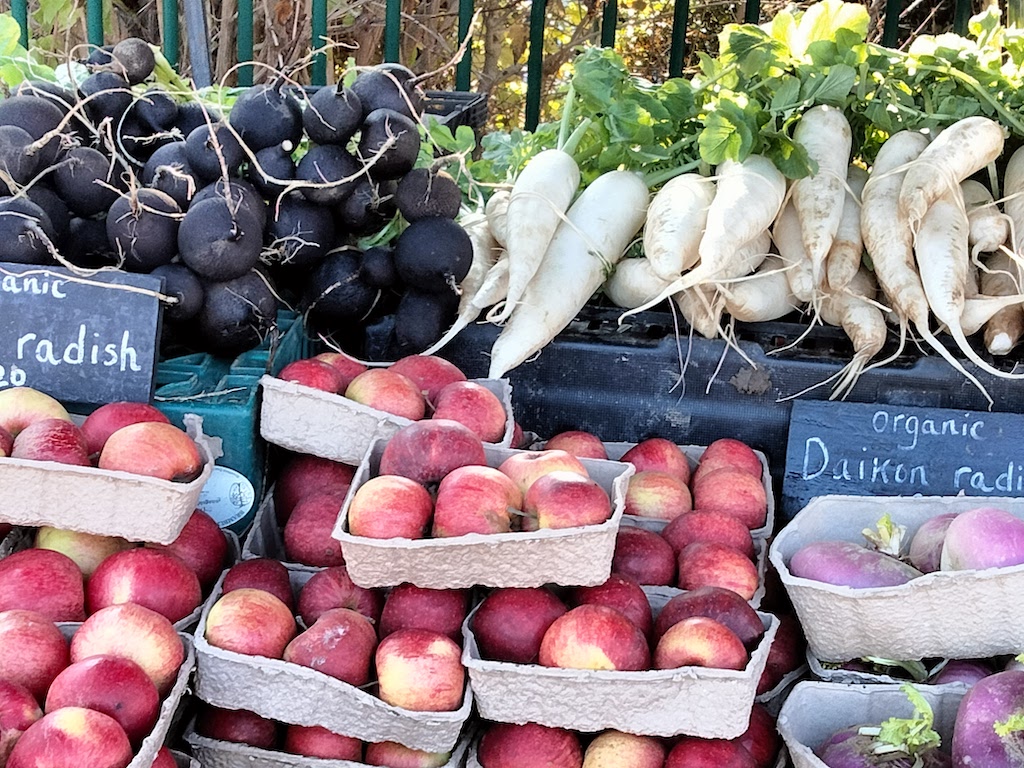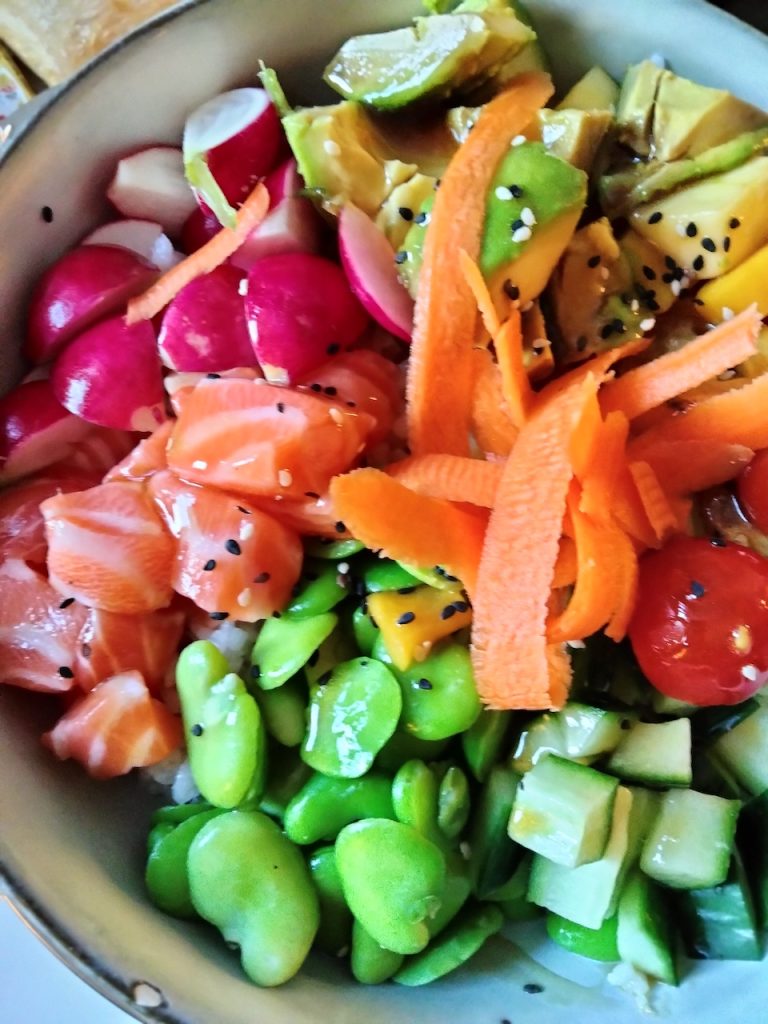Pulses: Health Benefits
What are pulses (in food terms?) Pulses are the official name for a broad category of plant foods in the form of dry, edible seeds that grow in pods. All pulses are legumes but not all legumes are pulses (think peanuts and soybeans). The main categories of pulses are dried beans, peas, chickpeas and lentils.
What are the advantages to eating pulses? They are protein and fiber-rich, also an excellent source of complex carbohydrate and many other nutrients. If you are starting with the dried (not canned) form, soak overnight. This softens the seed and decreases cooking time, which makes them easier to digest (less gas). Pulses are vitamin-and-mineral-rich, high in magnesium, zinc, iron and folate, to name a few. Here are a few key health benefits:
- Anti-cancer/anti-carcinogenic: The phytochemicals, or plant chemicals, found in legumes include saponins and tannins. The protect cells from free radical damage while fighting cancer though various mechanisms, including cancer cell death and inhibition of cancer cell development.
- Lower cholesterol levels: pulses are high in dietary fiber, both insoluble and soluble. Fibers are non-digestible plant components essential for promoting healthy digestion. Soluble fiber is a viscous, gel-like substance that binds with bile acids, and is particularly helpful for reducing cholesterol levels.
- Lower insulin and blood sugars: Because fiber cannot be broken down to sugar molecules, it passes through the body undigested and helps regulate the body’s use of sugar. Pulses are low glycemic index, meaning they have less of an impact on insulin and blood sugar levels than many other carbohydrates.









